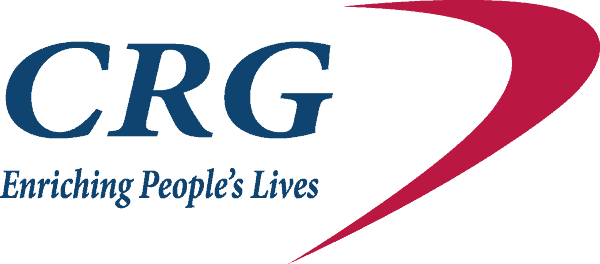As you continue to mature as a transformational leader, it becomes increasingly important to understand the different roles you may need to play in any given situation. Just as you learned to assess and shift your style in Skills 49 and 50, Skills 51 and 52 empower you to assess and shift your function as a leader.
Let’s explore:
- Skill 51 – Role Assessment
- Skill 52 – Role-Shifting
Skill 51 – Role Assessment
Definition
You are able to determine accurately the appropriate (or combination of) the three major roles: Communicating, Coaching, or Consulting in any given situation.
Why it matters
- Leadership is not one-dimensional. Every situation doesn’t require the same kind of engagement.
- Misapplying your role can damage outcomes. Acting as a consultant when someone needs a coach—or vice versa—can create confusion or dependence.
- Effectiveness requires discernment. Role assessment is the skill of reading what the moment truly calls for.
What are the 3 Roles?
|
How to practice
- Ask: “What’s needed most right now?” Listening deeply helps you recognize the right role.
- Consider the maturity of the individual or group. Beginners may need a consultant; experienced individuals may benefit more from coaching.
- Clarify expectations. Ensure others know what role you’re playing to avoid mixed messages.
- Reflect after interactions. Did you play the right role? What worked? What didn’t?
Skill 52 – Role-Shifting
Definition
You are able to shift into the appropriate role that matches the requirements of the situation and adapt to the role based on the demands and objectives of a particular situation.
Why it matters
- Situations evolve. What starts as a coaching moment may require consulting later—or vice versa.
- Rigid leaders get stuck. Great leaders are fluid and responsive, not fixed.
- Role-shifting enhances impact. It ensures the support you provide is relevant and timely.
How to develop this skill
- Get feedback from others. Ask trusted team members what role you typically play—and whether it’s effective.
- Expand your toolkit. Learn specific skills associated with each role (e.g., listening for coaches, strategic frameworks for consultants, clarity for communicators).
- Practice self-awareness. Notice when you’re defaulting to your favorite role instead of the one that’s needed.
Practice & Integration: Roles in Motion
Reflection Exercise:
Think of a recent leadership situation.
- What role did you play?
- Was it the right role for the moment?
- What could have happened if you had shifted roles mid-way?
Mini-Exercise – Role Scenarios:
Review the three short scenarios below. For each, determine the most effective role.
- A team member asks for your help solving a recurring workflow issue.
- A high-potential employee feels stuck and unsure about their next development step.
- A department is unclear about the direction of a new project.
Answers:
1 – Consultant, 2 – Coach, 3 – Communicator
Coming next in the series: Let’s keep building your leadership agility.
|
|
|

